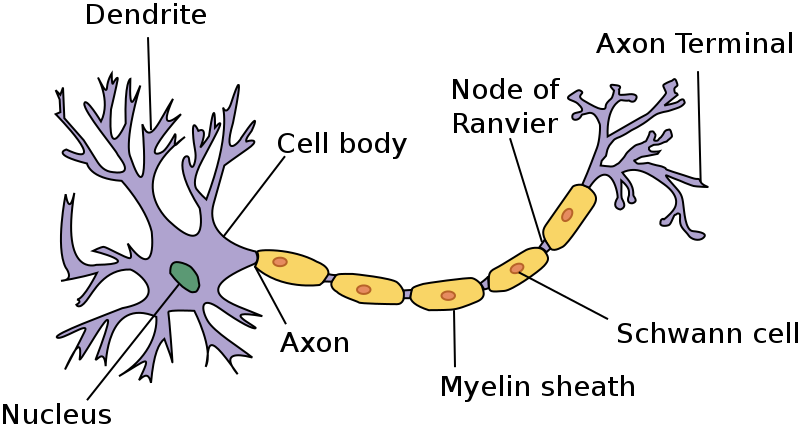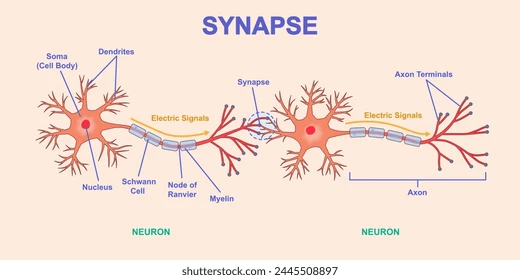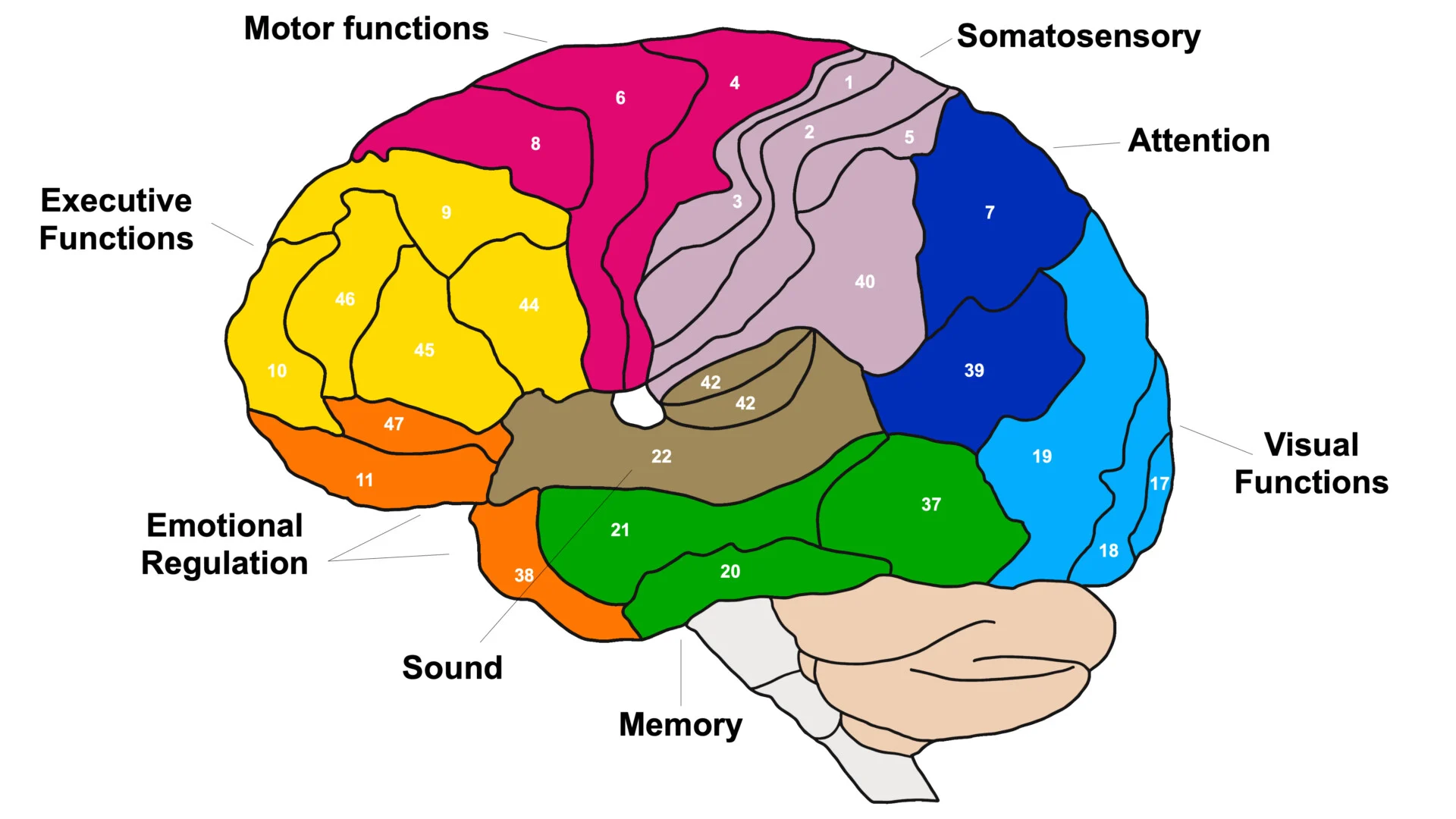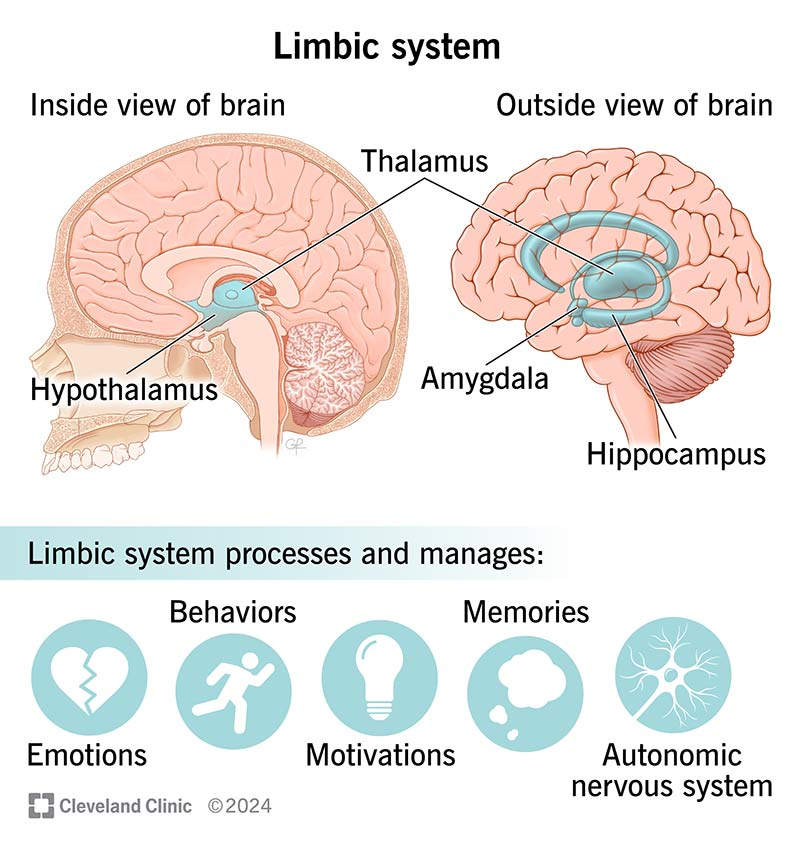Week 1 - CN lecture 24 Feb - Introduction
Summary
Mind-body problem - dualism, dual aspect theory, reductionism
Visual search example (find the red T)
Structure of the brain: neurons, synapses, gray matter, white matter
Neuroanatomy basics: cerebral cortex, broadmann’s areas (51 of them),
Functional specialisation - neurons grouping together based on similar types of stimuli
Subcortical structures - basil ganglia, limbic system, diencephalon
Midbrain, hindbrain, cerebellum
Philosophy of Cognitive Neuroscience
Mind-body problem introduced: how do physical brain processes relate to mental experiences?
Three philosophical perspectives:
Dualism: mind and body are separate entities. Our thoughts and feelings (the mind) are separate from our physical body and brain and mental experiences can’t be explained just by looking at our physical brain
Dual aspect theory: mind and brain are different aspects of the same phenomenon. They’re not the same thing but they come from the same thing like a snail and its shell
Reductionism: psychological terms are temporary, awaiting full biological explanations - we haven’t figured it out
Definition of Cognitive Neuroscience
Combination of cognition (mental processes such as memory and perception) and neuroscience (study of the nervous system).
Aim: provide brain-based accounts of cognition.
Visual Search Example
Example of visual search task and how cognitive models explain behavior.
Differentiates between cognitive models and neurobiological understanding of visual search processes.

Structure of the Brain
Neurons: A nervous system cell that communicates with other cells and neurons
Humans have about 86 billion neurons, each neuron could connect with 10,000 other neurons

Parts of a neuron: soma (cell body), dendrites (receive signals), axon (sends signals).
Synapse: the space where neurotransmitters signal from one neuron to another.
How synapses work:
Synapses are small gaps between neurons in your brain. Each neuron has two important parts: dendrites and axons. Dendrites are like branches that catch signals from other neurons, and axons are like long wires that send signals away.
When one neuron wants to talk to another, its axon releases chemicals called neurotransmitters into the synapse. These neurotransmitters cross the gap and connect to the next neuron's dendrites, like a lock and key. When they connect, they tell the next neuron, "I have information!" This helps your brain send messages and understand things.
axon sends electrical signal (action potential) away from cell body
↓
axon releases neurotransmitter that crosses the gap into the dendrites
↓
dendrite receives electrical signal and connect

Brain Organization
Gray Matter: cell bodies (soma) of neurons
White Matter: myelinated axons (pathways between neurons).
Major tracts, such as the corpus callosum, connect different brain hemispheres.

Neuroanatomy Basics

Cerebral Cortex (the outer surface of the brain)
Frontal Lobe: decision making, motor functions.
Parietal Lobe: sensory processing.
Temporal Lobe: auditory processing and memory.
Occipital Lobe: visual processing.
Broadmann’s areas
Different regions of cortex defined by the layered composition of cells
52 areas

Functional specialization: neurons responding to similar types of information tend to be grouped together. E.g when someone is shown faces, a specific area of the brain with grouped neurons will light up on a scan
Modularity
The idea that different regions of the brain are restricted in the type of information they process
Subcortical Structures (located beneath the cerebral cortex)
Basal Ganglia: movement control and dopamine production.
Limbic System: emotion (amygdala) and memory (hippocampus).
Diencephalon: processes sensory information (thalamus) and regulates homeostasis (hypothalamus).
Basal Ganglia - related to dopamine, movement, reinforcement learning
underneath the cortex, includes caudate and putamen

Limbic System - related to emotion and memory
Includes the amygdala and hippocampus

Diencephalon
Thalamus (main sensory relay for everything but smell) and hyperthalamus (homeostasis - temperature regulation etc)

Midbrain, hindbrain and cerebellum
Midbrain - hearing and gaze orienting
inferior colliculi & superior colliculi - on the outer layer of the pons near the medulla
Hindbrain - breathing and heartrate
Pons, medulla oblongata - the bottom spiny bit of the brain
Cerebellum - motor commands and smooth movement such as balance, coordination
The thing at the outer bottom of the brain that looks like a mini brain or ballsack

Brain regions process different information types.
Interactivity allows for information processing across different stages.
Example used to illustrate modularity: the perception of line length affected by visual processing.